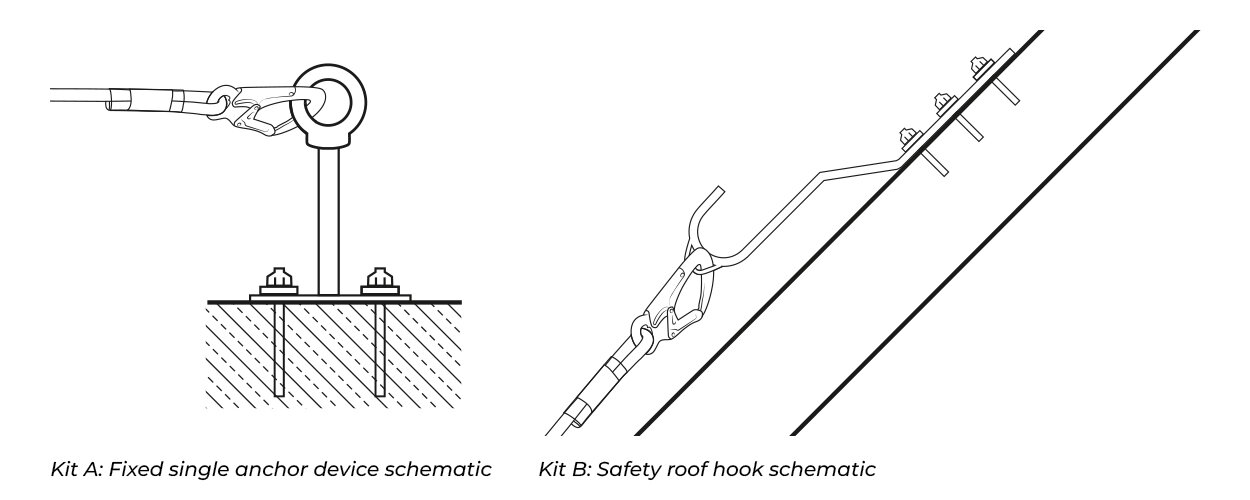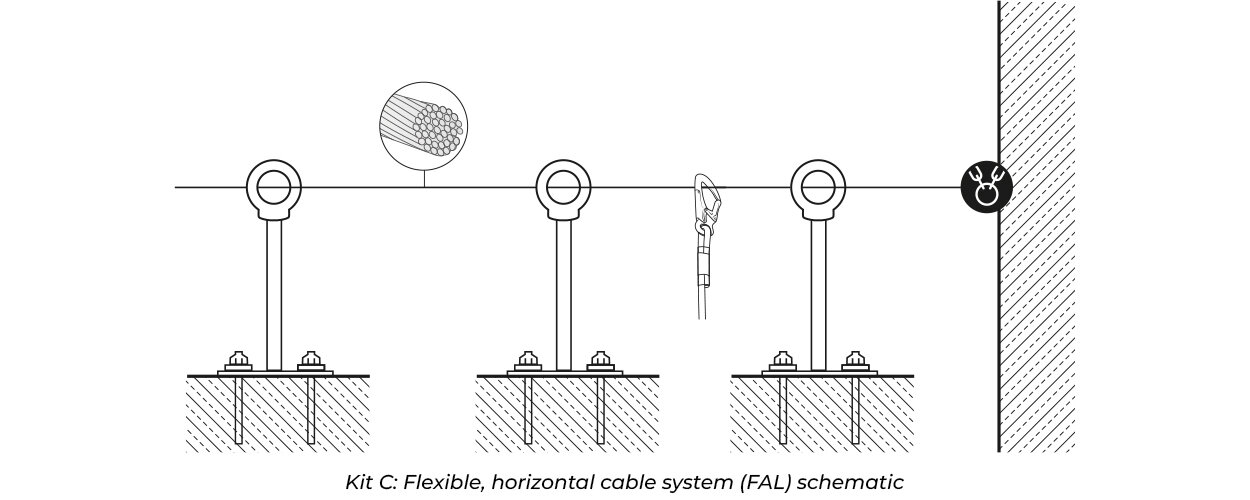The new EN 17235 standard and future amendments to EN 795.
Anchor devices
In January of this year, the standard EN 17235:2025 was published for permanent anchor devices and safety roof hooks that are permanently connected to structures. Originally, permanent anchor devices were included in the standard DIN EN 795:2012. This standard is currently being revised. In future, the DIN EN 795 standard will only regulate mobile, temporary anchor devices (PPE), while the EN 17235 standard will apply to permanent anchor devices (No PPE). What does the newly published standard EN 17235:2025 contain and what does the current draft prEN 795:2024 contain?







